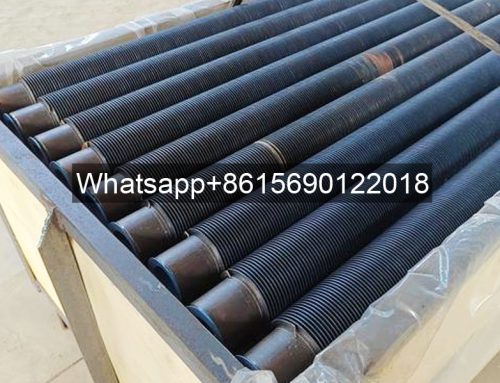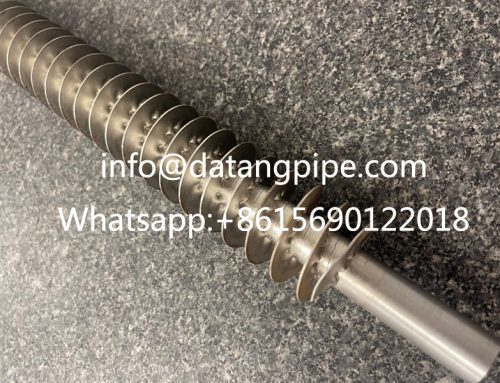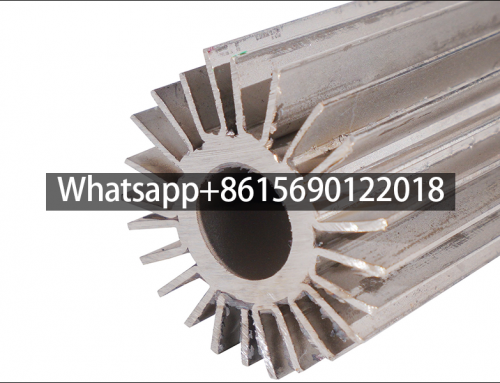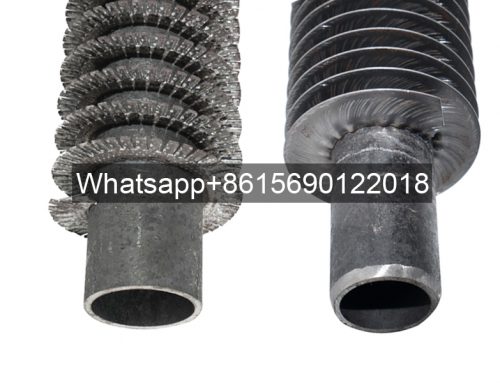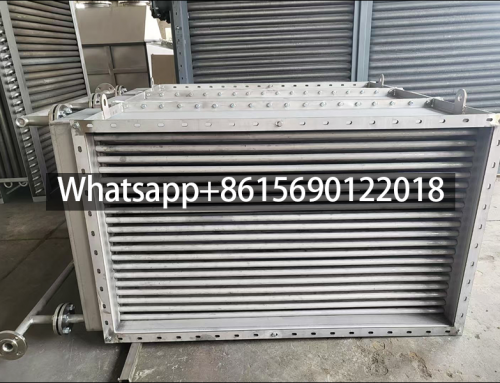Optimizing Finned Tube Heat Exchanger Selection for Petrochemical Applications
How to choose finned tube heat exchangers for petrochemicals?
The selection of finned tube heat exchangers for petrochemicals needs to be closely linked to corrosive media, heat transfer efficiency and maintenance costs: stainless steel resists sulfur corrosion, detachable structure reduces downtime losses, and CFD simulation optimization achieves a win-win situation of safety and economy.
In the petrochemical industry, the selection of finned tube heat exchangers needs to comprehensively consider multiple factors such as process requirements, medium characteristics and operating environment. The following are specific selection suggestions:
1. Material matching
Petrochemical media are often corrosive or have high temperature and high pressure characteristics, and corrosion-resistant materials should be given priority.
For example:
– Carbon steel: suitable for non-corrosive media, low cost but requires anti-corrosion coating;
– Stainless steel (such as 304, 316L): resistant to acid and alkali corrosion, suitable for sulfur or chloride ion environments;
– Duplex steel or titanium alloy: used for highly corrosive media, such as acidic oil and gas or seawater cooling systems.
2. Fin type and enhanced heat transfer
– High frequency welded fin tube: high heat transfer efficiency, suitable for clean gas or low viscosity liquid;
– L-type/LL-type wound fin: strong anti-ashing ability, suitable for dusty flue gas;
– Internally threaded fin tube: improves the heat transfer efficiency of the medium in the tube through turbulence effect, suitable for high viscosity oil products.
3. Structural design and maintenance convenience
– Removable fin tube bundle: convenient for cleaning scale or replacing damaged units, reducing downtime costs;
– Staggered arrangement: increases the heat exchange area by 20%-30% compared with the in-line arrangement, but the pressure drop and efficiency need to be balanced;
– Anti-vibration design: install support baffles in scenes with large air flow fluctuations (such as catalytic cracking units) to avoid vibration and breakage of the tube bundle.
4. Balance between energy efficiency and economy
Optimize parameters such as tube spacing and fin height through CFD simulation to avoid over-design.
For example:
– Low temperature waste heat recovery: aluminum fins + carbon steel tubes are used, taking into account both thermal conductivity and cost;
– High temperature conditions: nickel-based alloy fin tubes are selected. Although the initial investment is high, the life cycle cost is lower.
Conclusion: The selection needs to be combined with the specific working conditions, and the coordinated optimization of materials, structure and maintenance can achieve the unity of safety, efficiency and economy.
Optimizing Finned Tube Heat Exchanger Selection for Petrochemical Applications
Finned tube heat exchangers are critical components in petrochemical facilities, where corrosive media, high temperatures, and operational efficiency demand precise engineering. Selection requires balancing material durability, thermal performance, and lifecycle economics.
1. Material Compatibility
Chemical resistance is paramount due to corrosive process fluids (e.g., sour gases, chlorides). Material choices directly impact longevity and safety:
| Material | Corrosion Resistance | Typical Applications | Limitations |
|---|---|---|---|
| Carbon Steel | Low (non-corrosive media) | Low-pressure steam, water circuits | Requires protective coatings |
| Stainless (304/316L) | Moderate (acids, sulfides, chlorides) | Sulfur recovery units, distillation | Costlier than carbon steel |
| Duplex Steel/Titanium | High (strong acids, seawater cooling) | Acidic crude processing, offshore cooling | High initial investment |
Stainless steel (316L) is preferred for sulfur-containing environments, while titanium excels in chloride-rich seawater cooling.
2. Heat Transfer Enhancement
Fin geometry dictates efficiency under specific fluid conditions:
| Fin Type | Heat Transfer Efficiency | Suitable Media | Maintenance Needs |
|---|---|---|---|
| High-frequency Welded | High | Clean gases, low-viscosity liquids | Low (self-cleaning) |
| L/LL Type Wrapped | Moderate | Dusty flue gas, particulates | High fouling resistance |
| Internally Threaded Tubes | Enhanced (turbulence-induced) | High-viscosity oils | Moderate |
Internally threaded tubes increase turbulence for viscous fluids, while L-type fins resist fouling in catalytic cracker exhaust.
3. Structural Design for Reliability
Operational integrity requires robust mechanical design:
- Detachable Tube Bundles: Enable cleaning/replacement without full shutdown, reducing maintenance costs by up to 40%.
- Staggered Tube Arrangement: Increases heat transfer area by 20–30% versus in-line layouts but requires CFD-driven pressure drop optimization.
- Anti-Vibration Baffles: Essential in high-flow units (e.g., FCC reactors) to prevent tube fatigue failure.
4. Lifecycle Cost Optimization
Strategic design avoids over-engineering while maximizing ROI:
- Low-Temperature Waste Heat Recovery: Aluminum fins on carbon steel tubes offer optimal conductivity/cost balance.
- High-Temperature Services: Nickel-alloy tubes incur higher upfront costs but lower lifecycle expenses via extended durability.
- CFD Simulation: Optimizes fin height/pitch and tube spacing, preventing excessive pressure loss and material waste.
Conclusion: Petrochemical finned tube selection necessitates a holistic approach. Integrating corrosion-resistant materials, turbulence-enhanced fins, modular construction, and simulation-driven design ensures operational safety and cost efficiency in harsh hydrocarbon processing environments.


